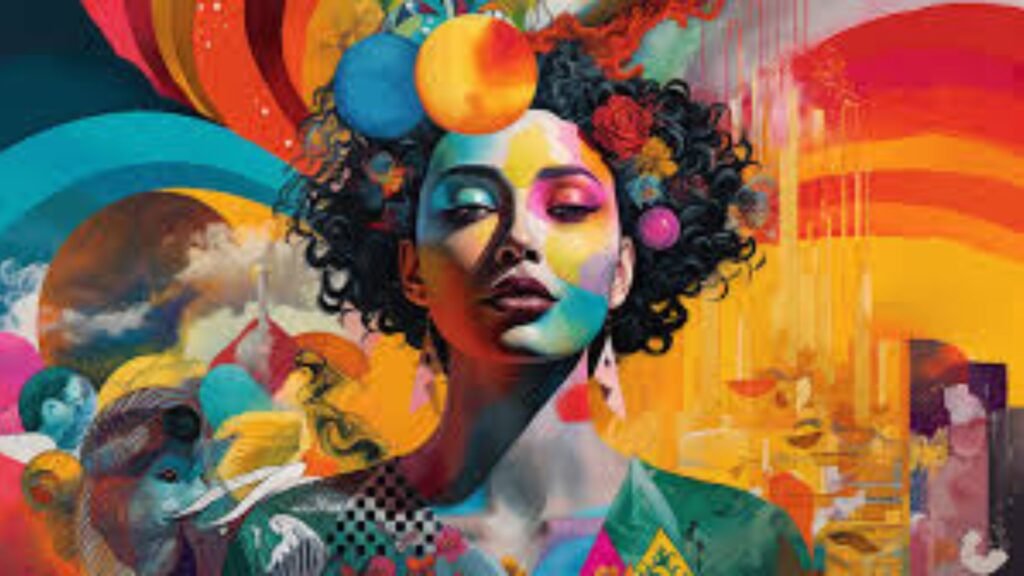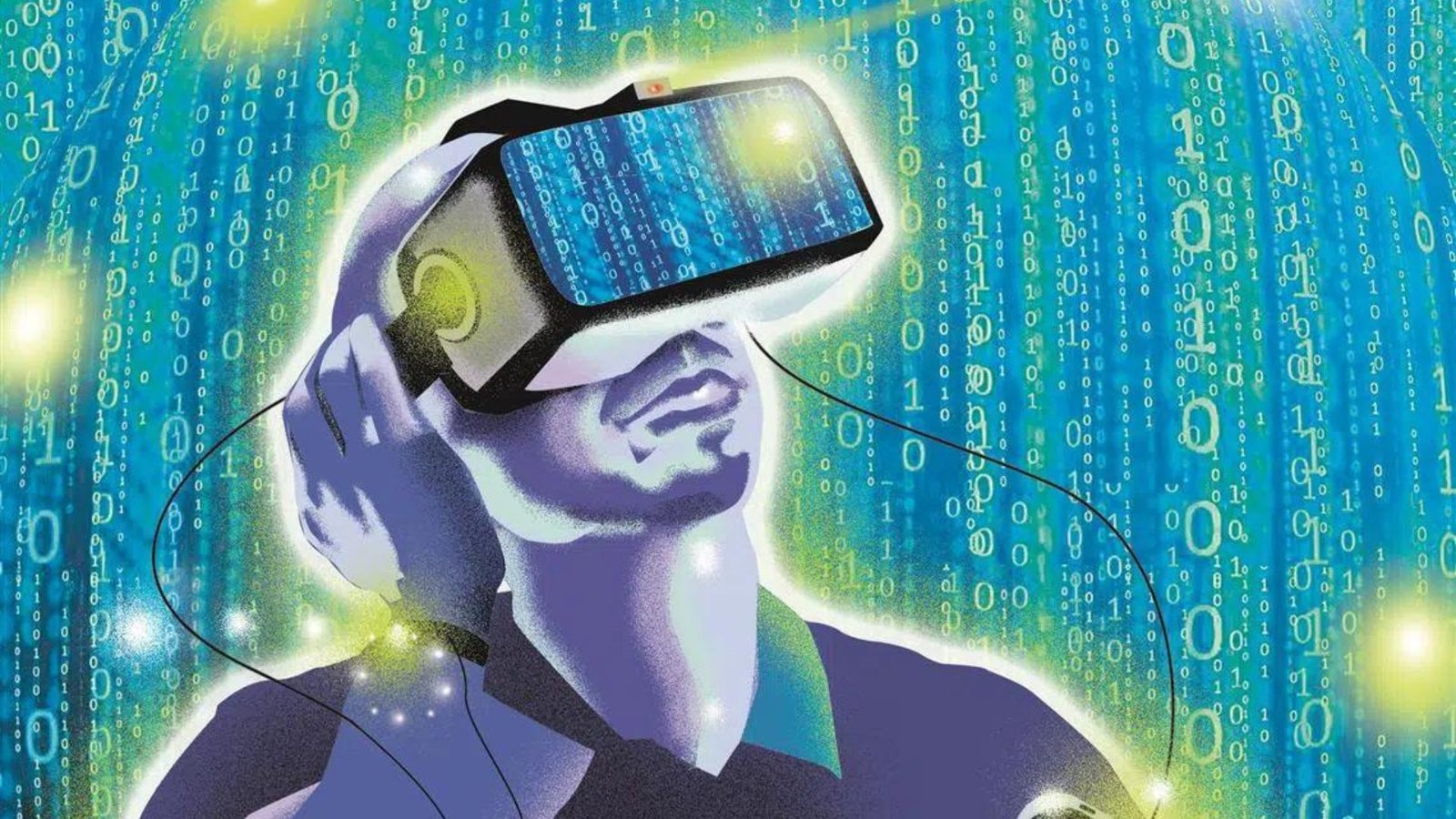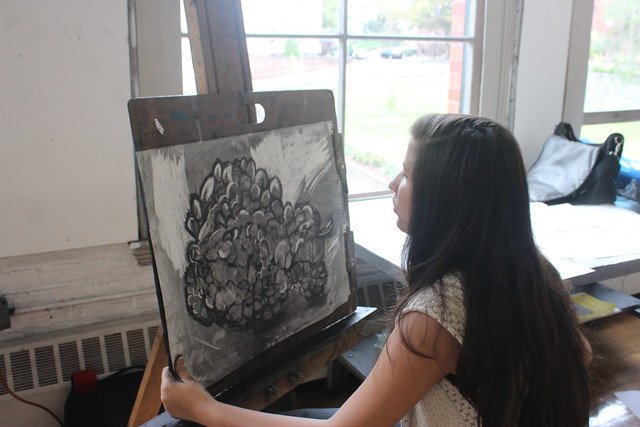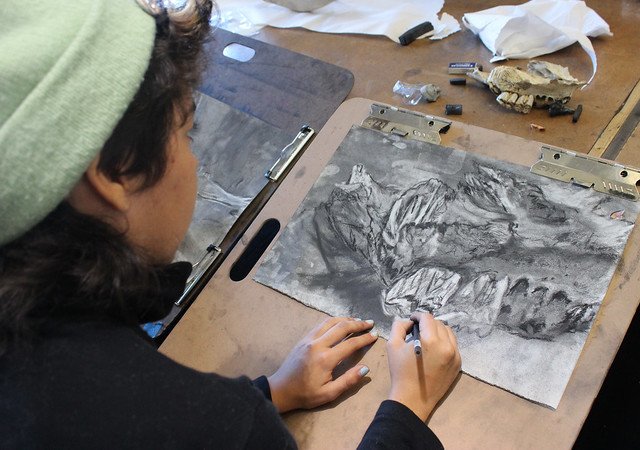Collaborations between visual artists and technology are transforming the art world in exciting and innovative ways. Technology is not just a tool for artists; it has become a vital partner in creating new forms of art, enhancing creative processes, and engaging audiences. In this blog post, we will explore how these collaborations are reshaping the landscape of visual art and what this means for the future of creativity.

Integrating Digital Tools into Art Creation
Firstly, visual artists are increasingly integrating digital tools into their art creation processes. Digital software and applications offer artists new ways to create, manipulate, and refine their work. For instance, artists can use graphic design programs to craft detailed illustrations or 3D modeling software to design complex sculptures. These tools enable artists to experiment with different techniques, create intricate details, and visualize their ideas in ways that traditional methods might not allow. By integrating digital tools, artists can push the boundaries of their creativity and explore new artistic possibilities.
Exploring Interactive Art Installations
Moreover, technology has opened up new avenues for creating interactive art installations. Artists are using sensors, cameras, and other technology to make their artworks responsive to viewers. For example, some installations use motion sensors to change the visual or auditory elements based on the movements of the audience. Others might incorporate virtual reality (VR) or augmented reality (AR) to create immersive experiences that blend the digital and physical worlds. These interactive installations invite viewers to engage with the art in a more dynamic and personal way, enhancing the overall art experience.
Collaborating with AI and Machine Learning
In addition, collaborations with artificial intelligence (AI) and machine learning are revolutionizing art creation. AI algorithms can generate artwork based on patterns, data, and inputs provided by artists. For example, artists can use AI to create unique visual styles, generate variations of their work, or even co-create pieces with the machine. This collaboration between human creativity and machine intelligence results in new and unexpected artistic outcomes. By leveraging AI, artists can explore novel approaches to art-making and challenge traditional notions of creativity.
Using Technology for Art Preservation
Technology is also playing a crucial role in preserving and archiving art. Digital tools and techniques are used to document and restore artworks, ensuring their longevity for future generations. For instance, high-resolution scanning and imaging technology can create detailed digital records of artworks, allowing for precise restorations and virtual exhibitions. Additionally, digital archives and databases make it easier to catalog and access art collections, enhancing research and public engagement. Through these technological advancements, artists and institutions can better protect and preserve cultural heritage.
Enhancing Art Distribution and Promotion
Furthermore, technology has transformed how visual art is distributed and promoted. Online platforms and social media provide artists with new ways to showcase their work, reach global audiences, and connect with potential buyers and collaborators. For example, artists can use websites, online galleries, and social media channels to share their portfolios, participate in virtual exhibitions, and engage with their audience. These digital tools have democratized access to art, enabling artists to build their brands and expand their reach beyond traditional galleries and exhibitions.
Addressing Challenges in Art and Technology Collaborations
While the collaboration between visual artists and technology offers many benefits, it also presents challenges. For instance, there can be a steep learning curve associated with new digital tools and technologies. Artists may need to invest time and resources in acquiring technical skills or adapting their creative processes. Additionally, the integration of technology into art raises questions about authorship, originality, and the role of human creativity. These challenges require thoughtful consideration and adaptation as artists navigate the evolving landscape of art and technology.
Looking to the Future
Looking ahead, the collaboration between visual artists and technology is likely to continue evolving. As technology advances, new tools and innovations will emerge, offering artists even more opportunities to explore and create. The integration of emerging technologies such as virtual reality (VR), augmented reality (AR), and artificial intelligence (AI) will shape the future of art-making and audience engagement. By embracing these technological advancements, artists can continue to push the boundaries of their work and redefine the possibilities of visual art.
Conclusion
In conclusion, collaborations between visual artists and technology are revolutionizing the art world by integrating digital tools, exploring interactive installations, and leveraging AI. These partnerships are expanding the creative possibilities for artists, enhancing art preservation, and transforming how art is distributed and promoted. While there are challenges to navigate, the benefits of technology in art are substantial and offer exciting opportunities for the future. As technology continues to advance, artists and technologists will play a crucial role in shaping the future of visual art and pushing the boundaries of creativity.




